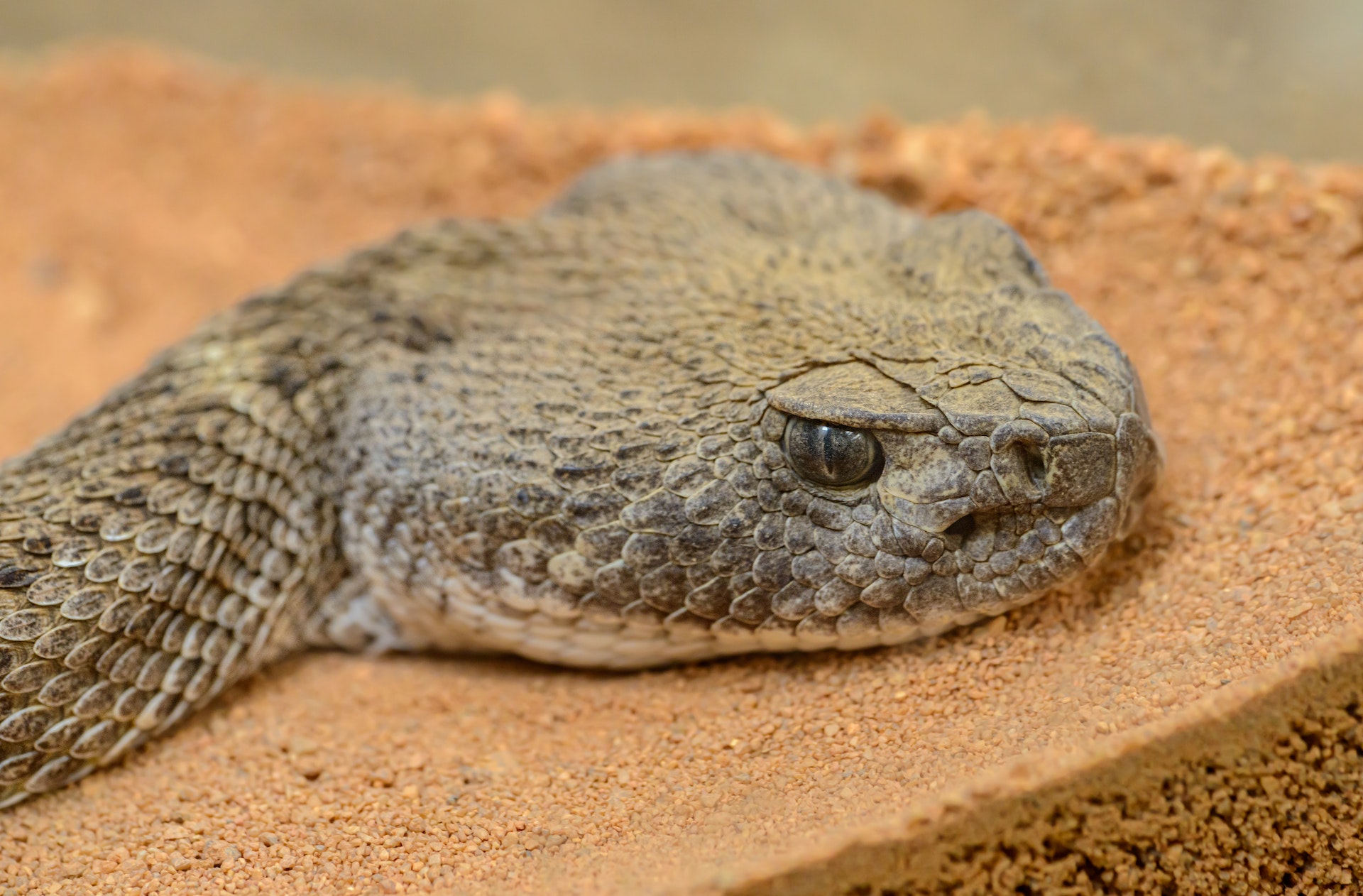20 Fascinating Facts About Rattlesnakes: The Deadly Yet Intriguing Reptiles of America

Rattlesnakes are a group of venomous snakes that are native to North and South America. They are known for their distinctive rattles, which they use to warn predators and prey. These fascinating creatures have evolved many unique features that make them one of the most intriguing animals in the world.
In this article, we’ll explore 20 fascinating facts about rattlesnakes, including their habitat, behavior, adaptations, and more.
- Rattlesnakes are the rockstars of the snake world with their distinctive rattles and venomous bite. They are found throughout the Americas, from Canada to Argentina, but are most commonly found in the United States.
- Rattlesnakes are part of the pit viper family, which also includes other venomous snakes like copperheads and cottonmouths. These snakes are not to be messed with!
- The rattle on a rattlesnake’s tail is like its own personal maraca. Made up of a series of interlocking segments, the rattle vibrates against each other to produce a distinctive sound.
- Rattlesnakes have heat-sensing organs on their faces called pit organs. These organs help them locate prey, even in complete darkness.
- Rattlesnakes are masters of stealth, using their ambush predator tactics to wait for prey to come to them rather than actively searching for it.
- Rattlesnakes have an incredible ability to detect prey from far away, with some species able to detect prey from up to 20 feet away. Talk about an eagle eye!
- Rattlesnakes can unhinge their jaws to swallow prey that is much larger than their head. It’s like watching a magic trick!
- Rattlesnakes have two fangs that are used to inject venom into their prey. Venom is a complex mixture of proteins and enzymes that can cause paralysis, tissue damage, and even death in humans.
- Rattlesnakes can survive for extended periods without food. They can slow down their metabolism and store fat in their bodies, like a built-in snack bar.
- Rattlesnakes shed their skin several times a year, which helps them grow and get rid of parasites. It’s like a snake makeover!
- Rattlesnakes can control the amount of venom they inject into their prey, depending on the size and threat level of the animal they are attacking. They’re like venomous chefs, creating the perfect dish for their prey.
- Some species of rattlesnake can give birth to live young, rather than laying eggs. It’s like a snake baby shower!
- Rattlesnakes play a crucial role in their ecosystems by controlling rodent populations. They’re like the exterminators of the animal kingdom.
- During the winter months, when temperatures drop too low for them to survive, rattlesnakes can hibernate. It’s like a snake slumber party!
- Rattlesnakes are versatile hunters, able to climb trees and swim in the water. They’re like the James Bond of the snake world.
- Rattlesnakes can blend into their surroundings, making them difficult to see for both predators and prey. They’re like the chameleons of the snake world.
- Rattlesnakes communicate with each other through a variety of vocalizations, including hissing, grunting, and rattling. They’re like a snake band, producing their unique tunes.
- Rattlesnakes can survive in a variety of habitats, from deserts to forests to swamps. They’re like the world travelers of the snake world.
- Despite their fearsome reputation, rattlesnakes are a vital part of the ecosystem and play an important role in maintaining the delicate balance of nature. They’re like the superheroes of the animal kingdom.
- Rattlesnakes are fascinating creatures that have evolved many unique features that make them one of the most intriguing animals in the world. They’re like a real-life puzzle waiting to be solved.
Rattlesnakes are some of the most fascinating and deadly creatures in the world. From their distinctive rattles to their ability to control the amount of venom they inject into their prey, these reptiles have evolved many unique features that make them incredibly adaptable and successful hunters. By learning more about these creatures, we can appreciate their role in their ecosystems and work to conserve their habitats for future generations to enjoy.





